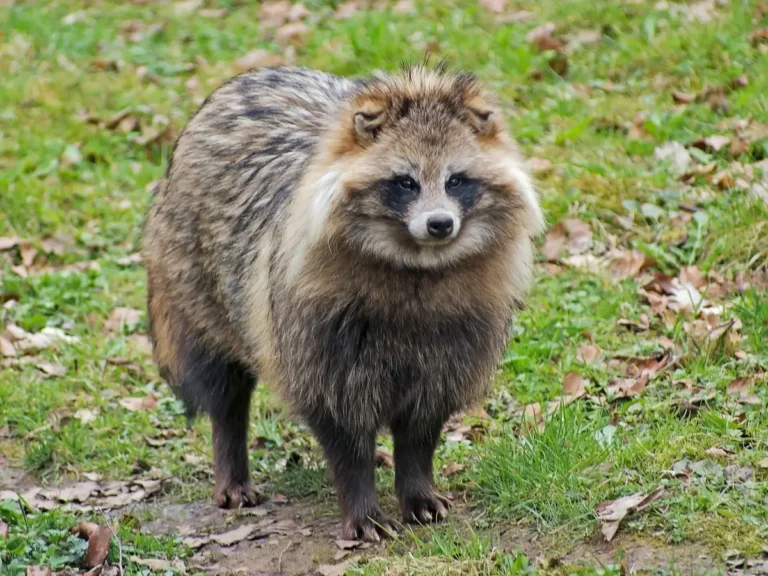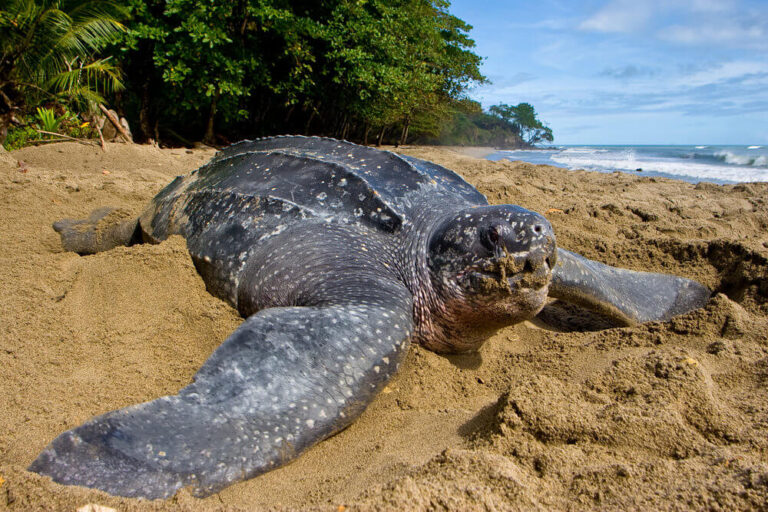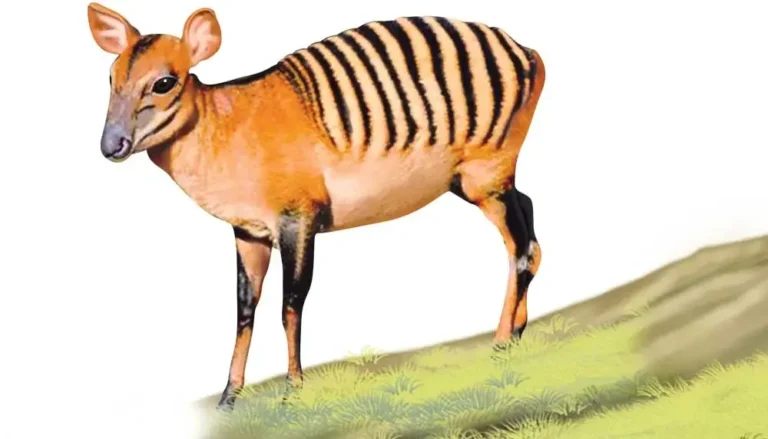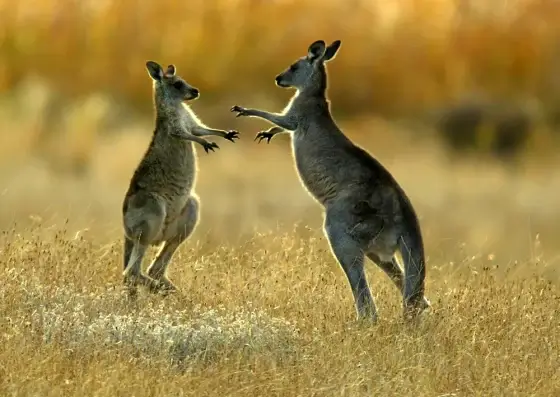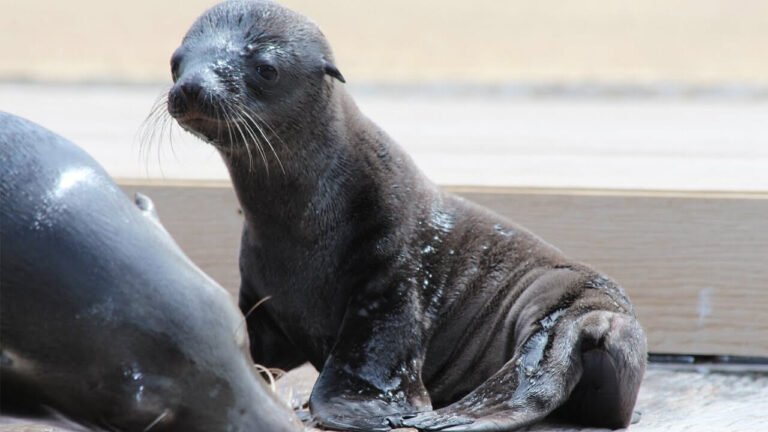Ostrich: The World’s Largest Bird
The ostrich is an iconic bird known for its remarkable size, speed, and distinctive appearance. As the largest bird on the planet, ostriches have fascinated humans for centuries, from ancient civilizations to modern wildlife enthusiasts. This in-depth article will explore the ostrich’s scientific classification, physical characteristics, habitat, behavior, diet, reproduction, predators, conservation status, evolutionary history, interesting facts, and its relationship with humans.
Contents
Scientific Classification
- Kingdom: Animalia
- Phylum: Chordata
- Class: Aves
- Order: Struthioniformes
- Family: Struthionidae
- Genus: Struthio
- Species: Struthio camelus
Physical Characteristics

Ostriches are known for their massive size, reaching up to 9 feet (2.7 meters) in height and weighing up to 320 pounds (145 kg). They have long, powerful legs adapted for running at high speeds, and their two-toed feet are equipped with sharp claws for defense. The ostrich’s plumage is predominantly black and white in males, while females and juveniles have grayish-brown feathers for better camouflage. Their long necks and small heads are topped with large eyes, providing excellent vision to detect predators.
Habitat
Ostriches are native to Africa’s savannas, grasslands, and deserts, where they thrive in open landscapes with sparse vegetation. They are commonly found in South Africa, Namibia, Botswana, and Kenya. Ostriches avoid densely forested areas and wetlands, preferring regions where they can use their keen eyesight to spot danger from a distance.
Behavior
Ostriches are social birds, often forming groups called flocks, ranging from small family units to larger herds of up to 50 individuals. These flocks provide safety in numbers, as more eyes can spot potential threats. Ostriches are known for their incredible speed, capable of running up to 43 mph (70 km/h), making them the fastest two-legged animals. They are also adept at using their strong legs for powerful kicks when threatened.
Diet
Ostriches are omnivores, primarily feeding on seeds, grasses, and other plant material. They also consume insects, small lizards, and other invertebrates when available, especially in nutrient-scarce environments. Ostriches have a unique adaptation of swallowing small pebbles and sand, which help grind food in their gizzard due to their lack of teeth.
Reproduction
Ostriches have a unique breeding system known as “polygynandry,” where dominant males mate with multiple females, and a communal nest is used for laying eggs. The dominant female lays her eggs in the center, surrounded by the eggs of other females. Ostrich eggs are the largest bird species, weighing up to 3 pounds (1.4 kg). Both males and females take turns incubating the eggs, with males typically taking the night shift to avoid predator detection.
Predators
Young ostriches and eggs are vulnerable to predators, including jackals, hyenas, lions, cheetahs, and large birds of prey. Adult ostriches have fewer natural predators due to their size and defensive capabilities, but they can still fall prey to lions and humans.
Conservation Status
The ostrich is currently listed as a species of “Least Concern” by the IUCN Red List, but it faces threats from habitat loss, hunting, and egg collection. Conservation efforts focus on protecting their natural habitats and regulating hunting practices.
Interesting Facts
- An ostrich’s eye is the largest of any land animal, measuring nearly 2 inches (5 cm) across.
- Despite their large size, ostrich brains are relatively small, weighing only about 40 grams.
- Ostrich eggshells were used as water containers by ancient civilizations due to their durability.
Evolutionary History
Ostriches are part of the ratite group, which includes other flightless birds like emus, rheas, and kiwis. Fossil evidence suggests that ostriches have been around for millions of years, evolving to become the swift runners we see today. They share a common ancestor with other large flightless birds, adapting to open grasslands after the breakup of the supercontinent Gondwana.
Relationship with Humans
Historically, ostriches have been hunted for their feathers, meat, and eggs. In modern times, ostrich farming has become popular for producing leather, feathers, and meat. While ostrich feathers were once highly valued in fashion, today, the bird plays a crucial role in ecotourism and education about wildlife conservation.
Conclusion
The ostrich is a remarkable bird that has adapted to the harsh environments of Africa with its unique physical traits, social behaviors, and evolutionary history. While facing some conservation challenges, the ostrich continues to thrive in the wild and managed care. Its fascinating biology and longstanding relationship with humans make the ostrich a species worth preserving for future generations.
- Golden Retriever Pros and Cons: What Every Pet Parent Should Know - 15 September 2025
- Cane Corso Dog Breed: Health, Care, and Lifespan - 14 September 2025
- Catahoula Leopard Dogs: Description, Temperament, Lifespan, & Facts - 21 July 2025


